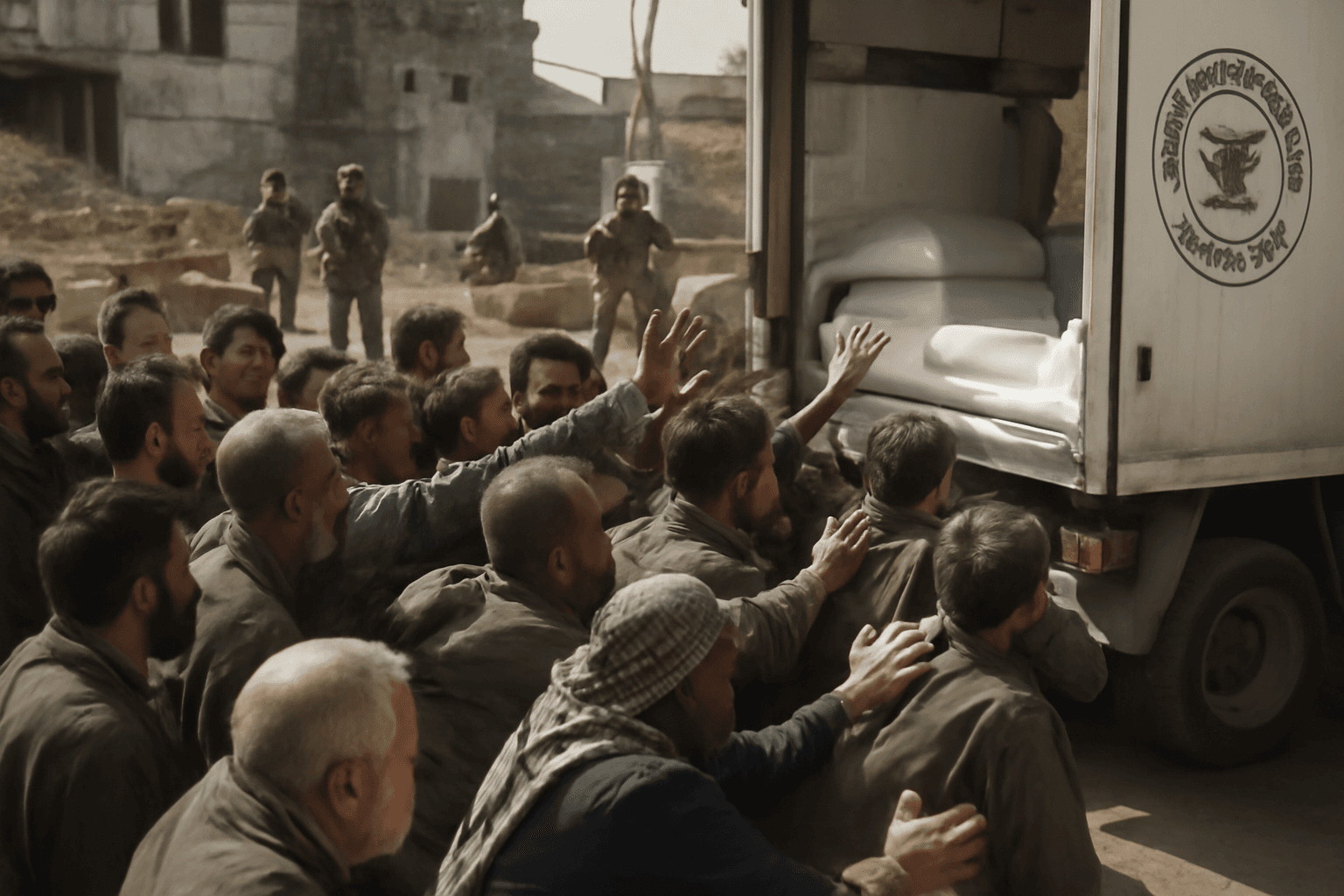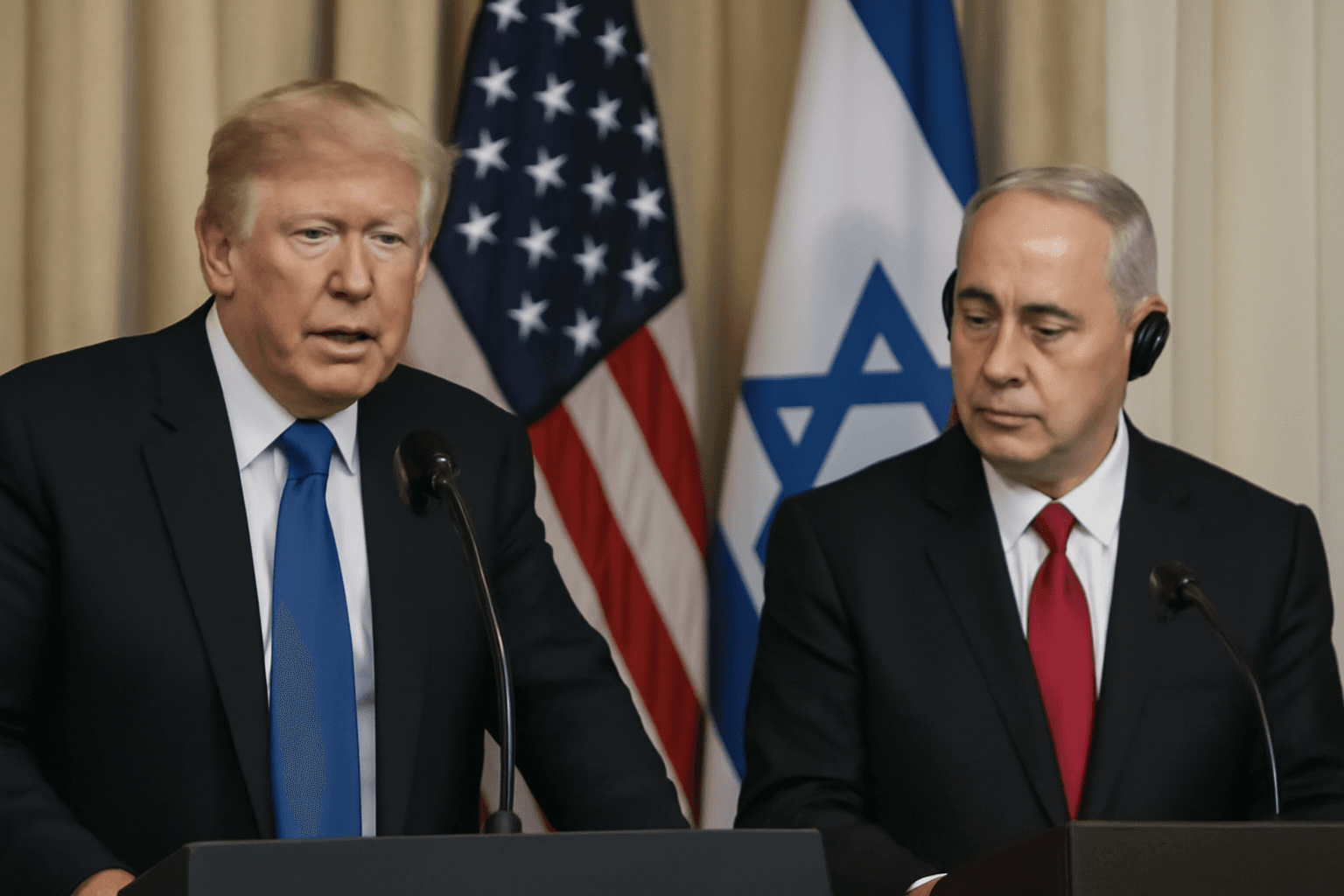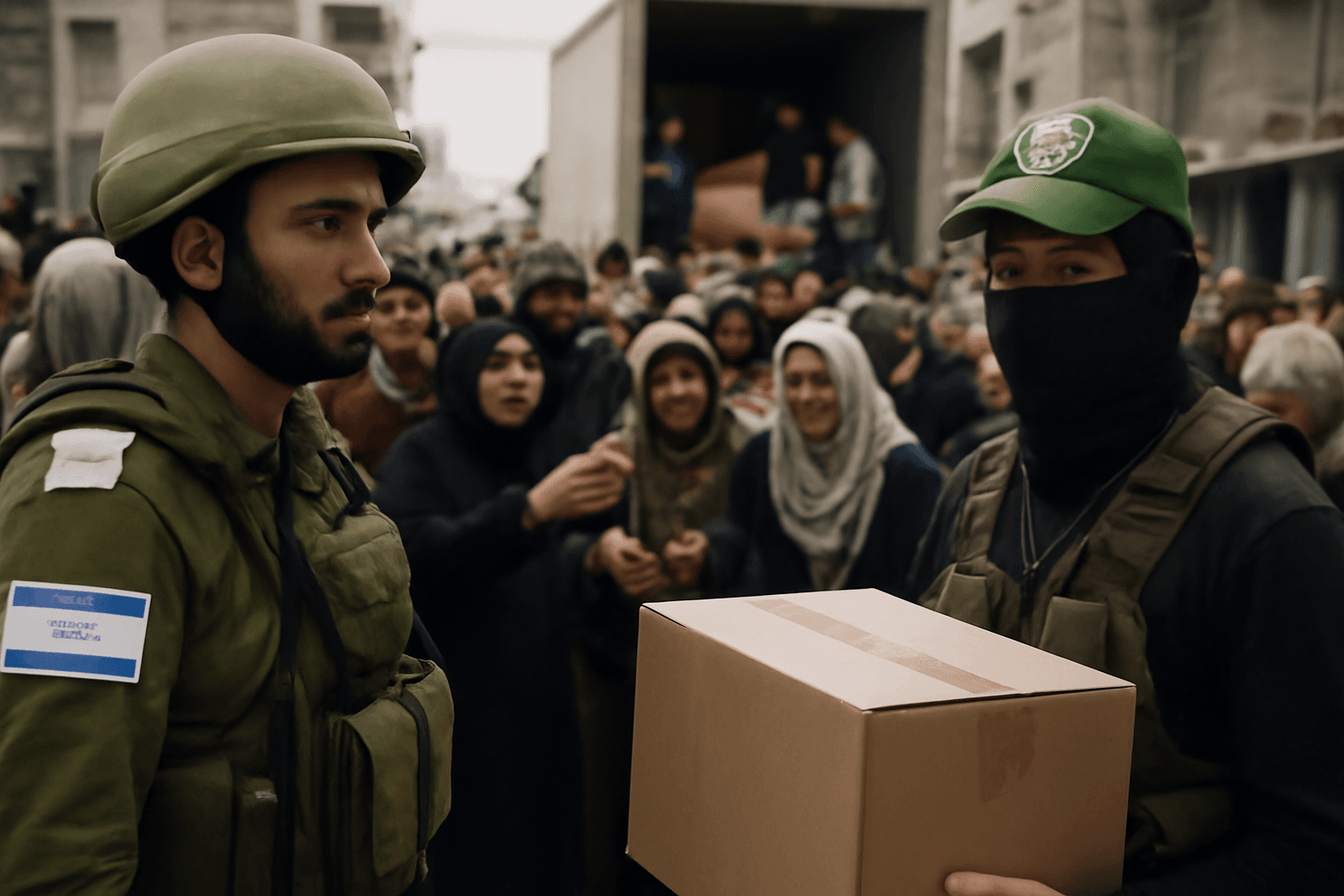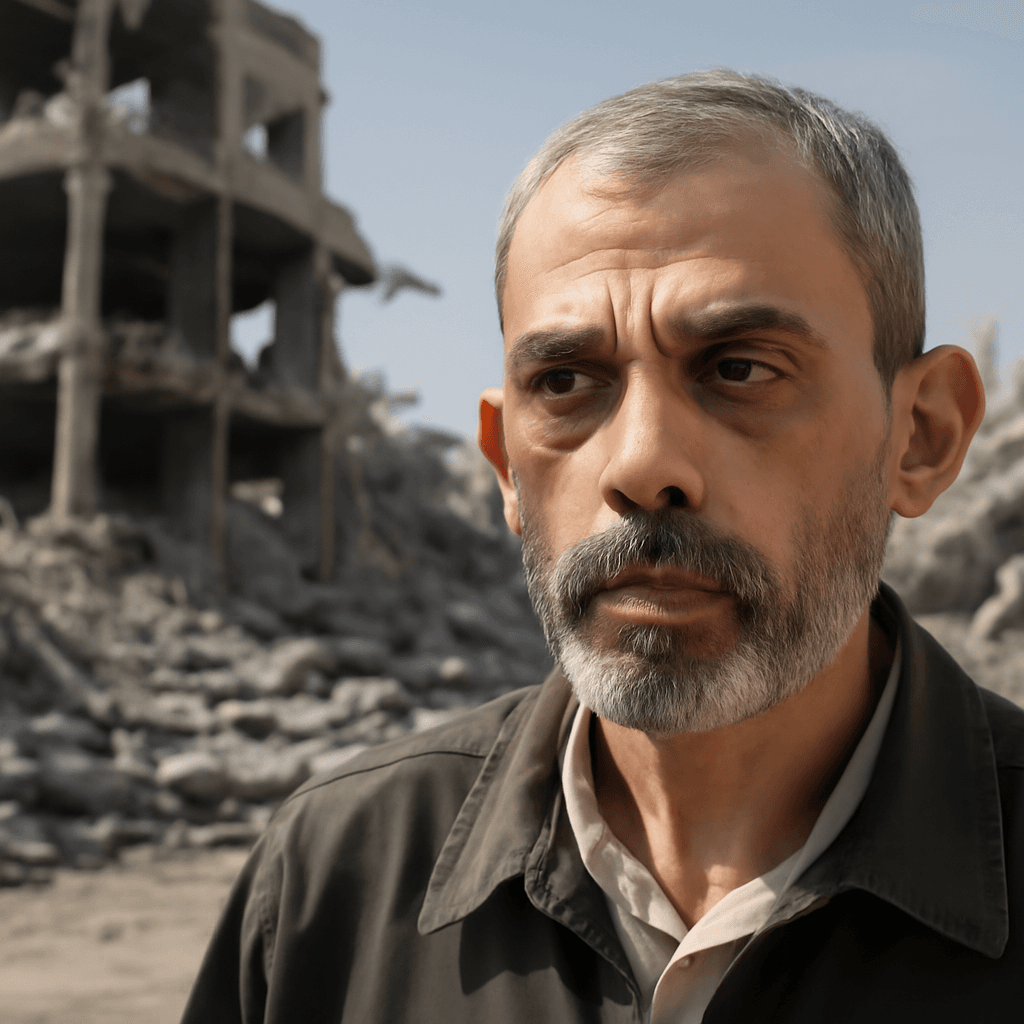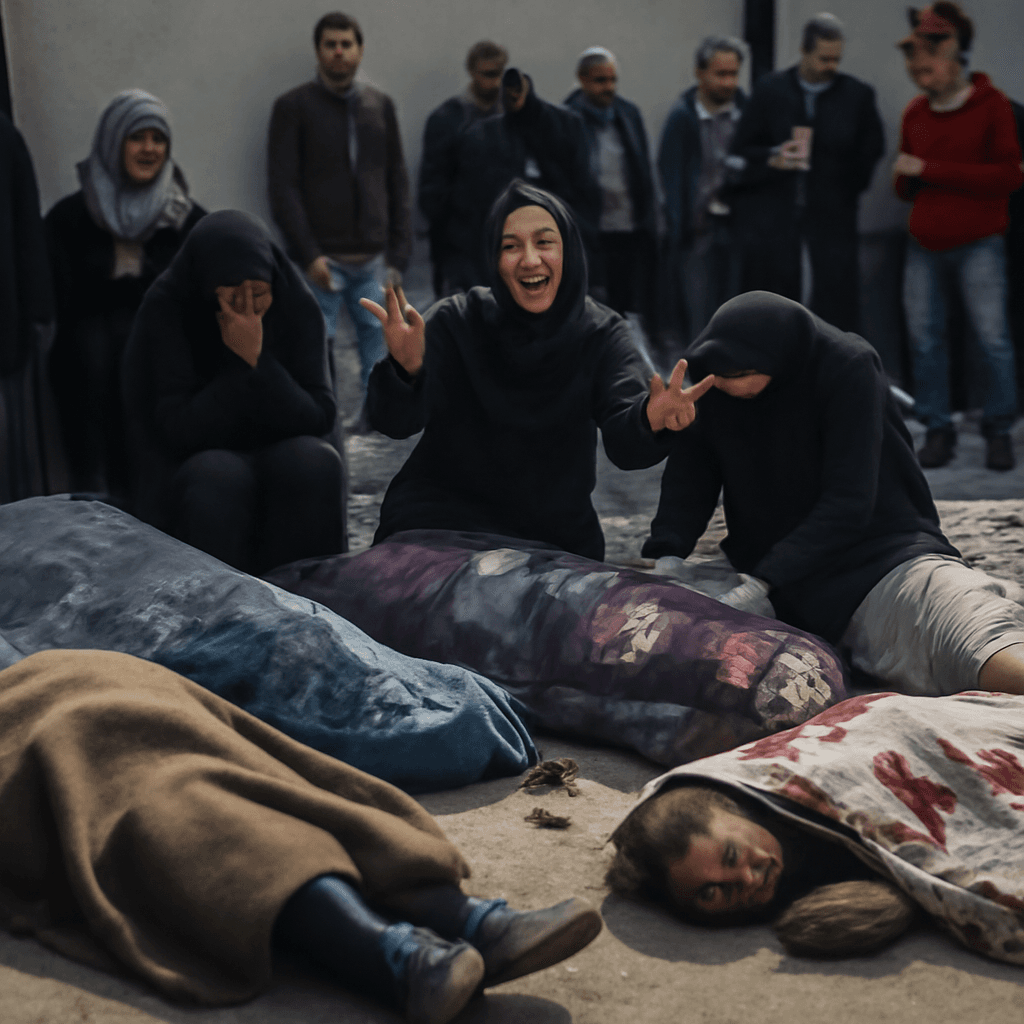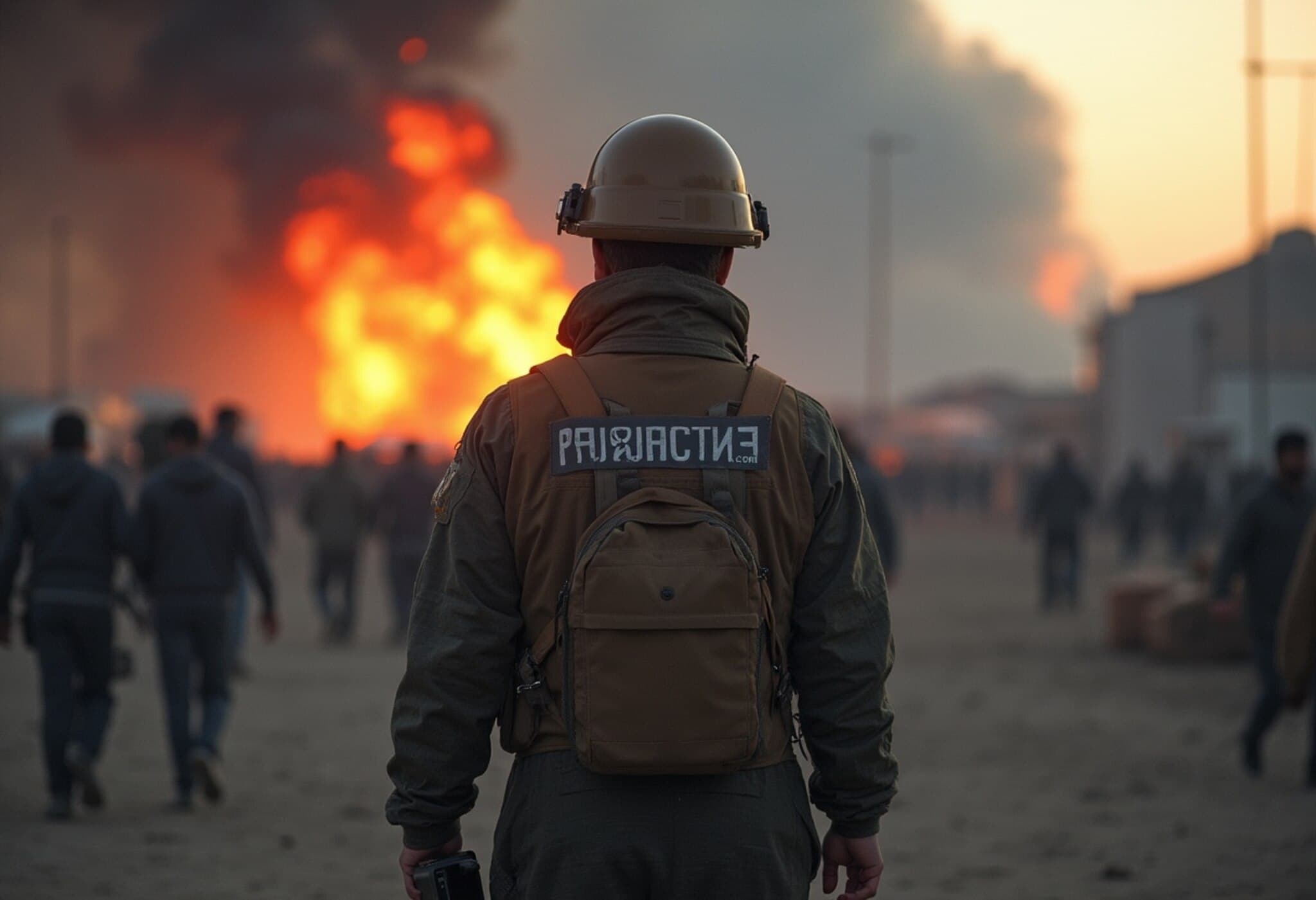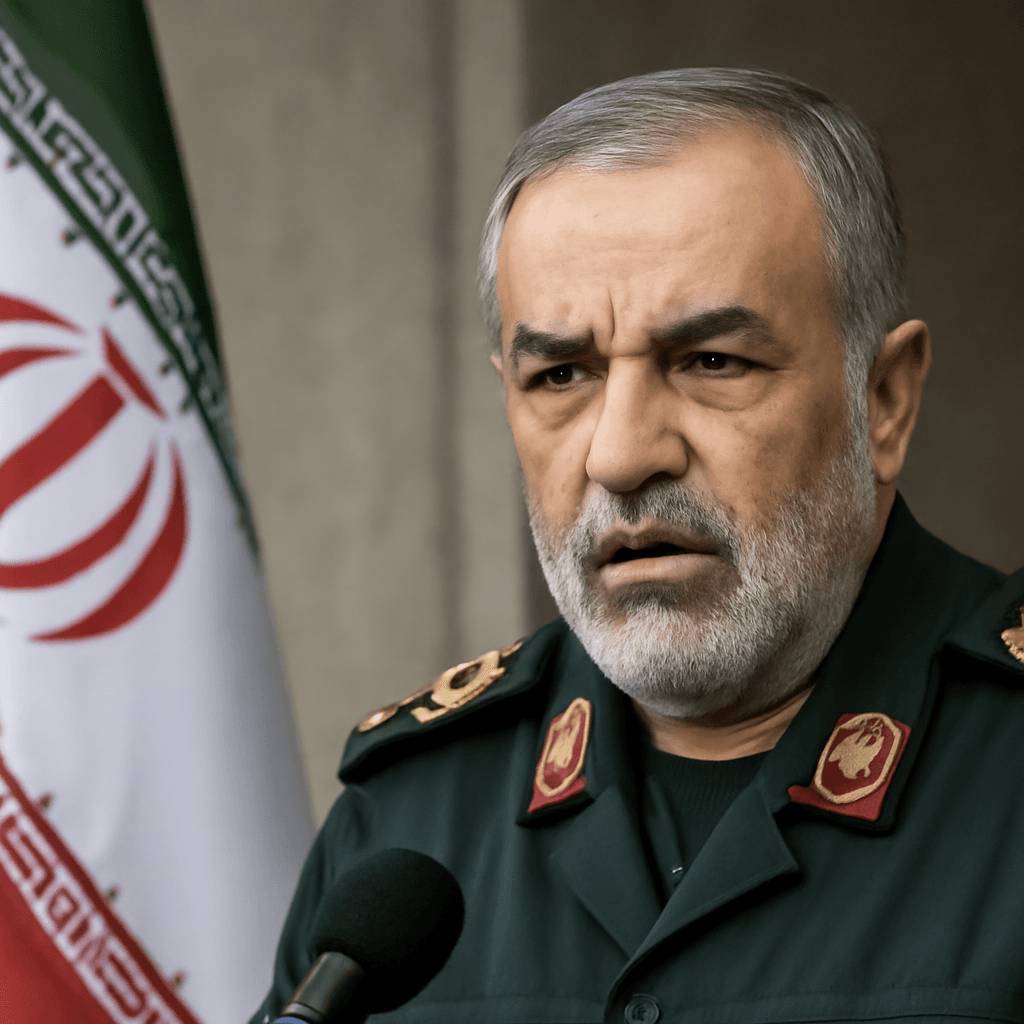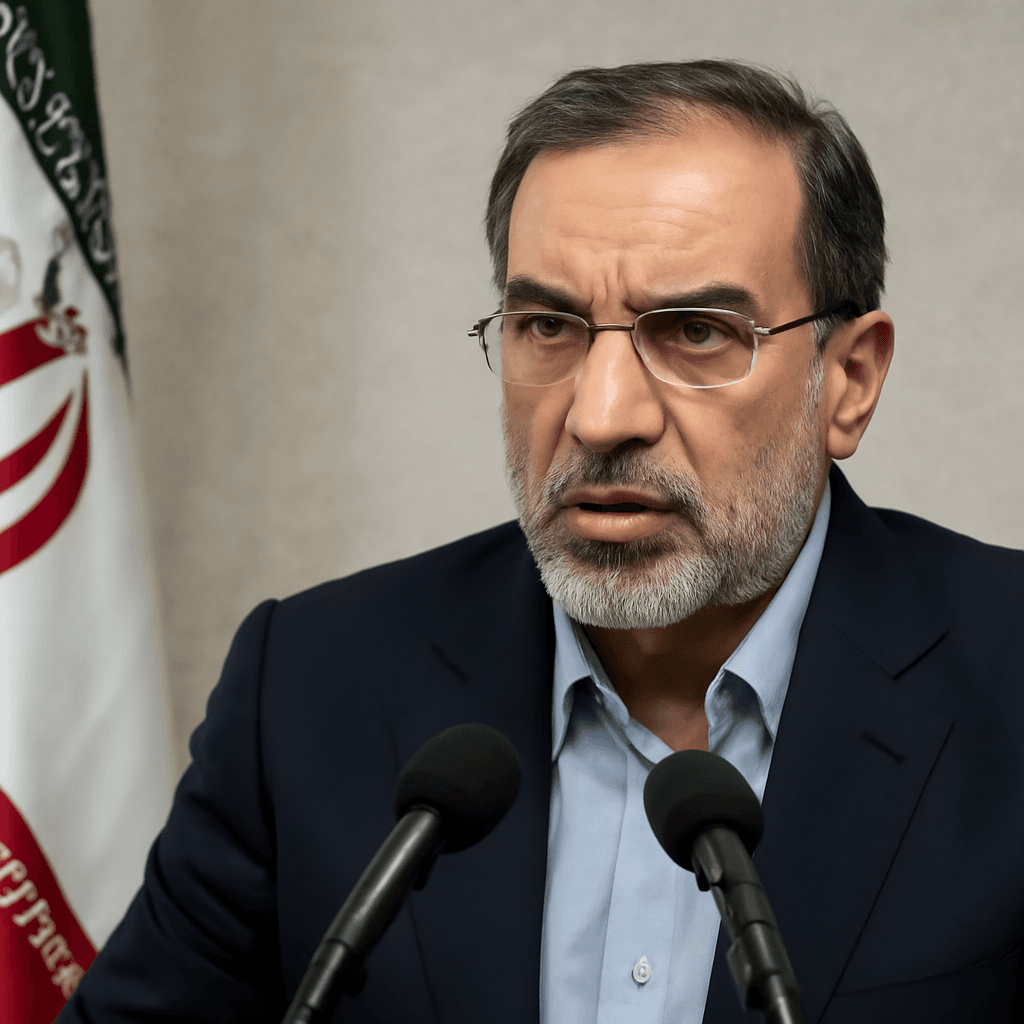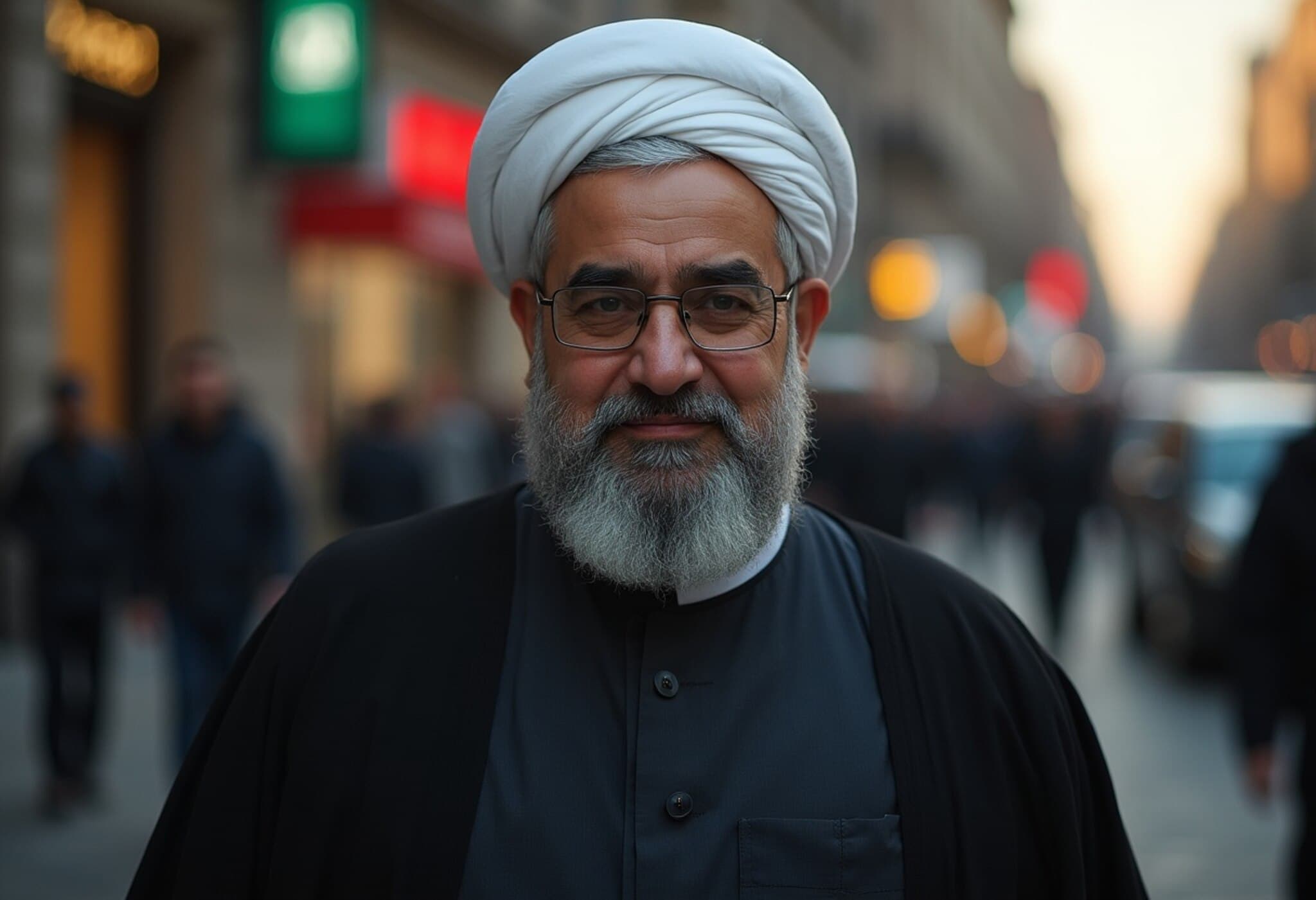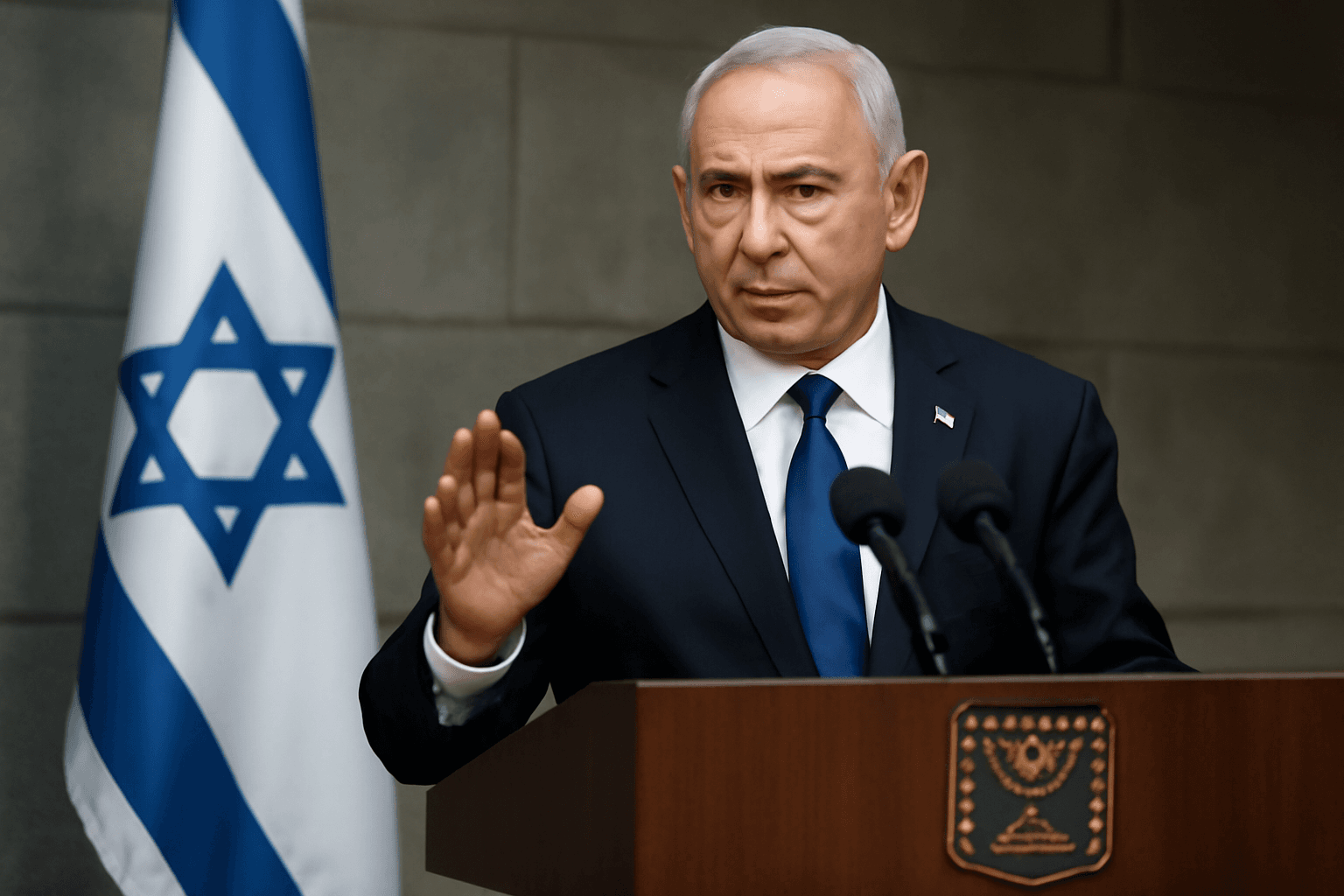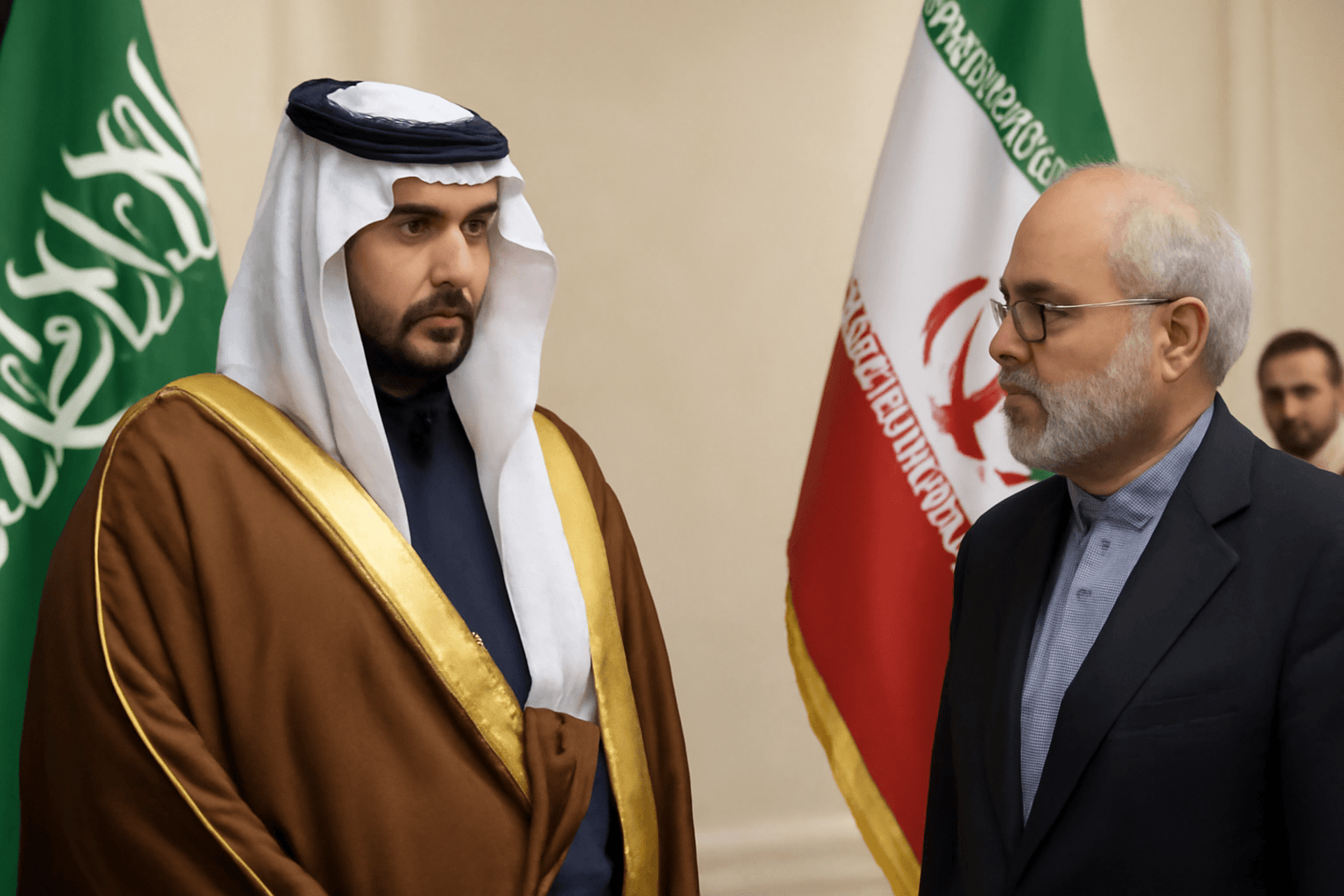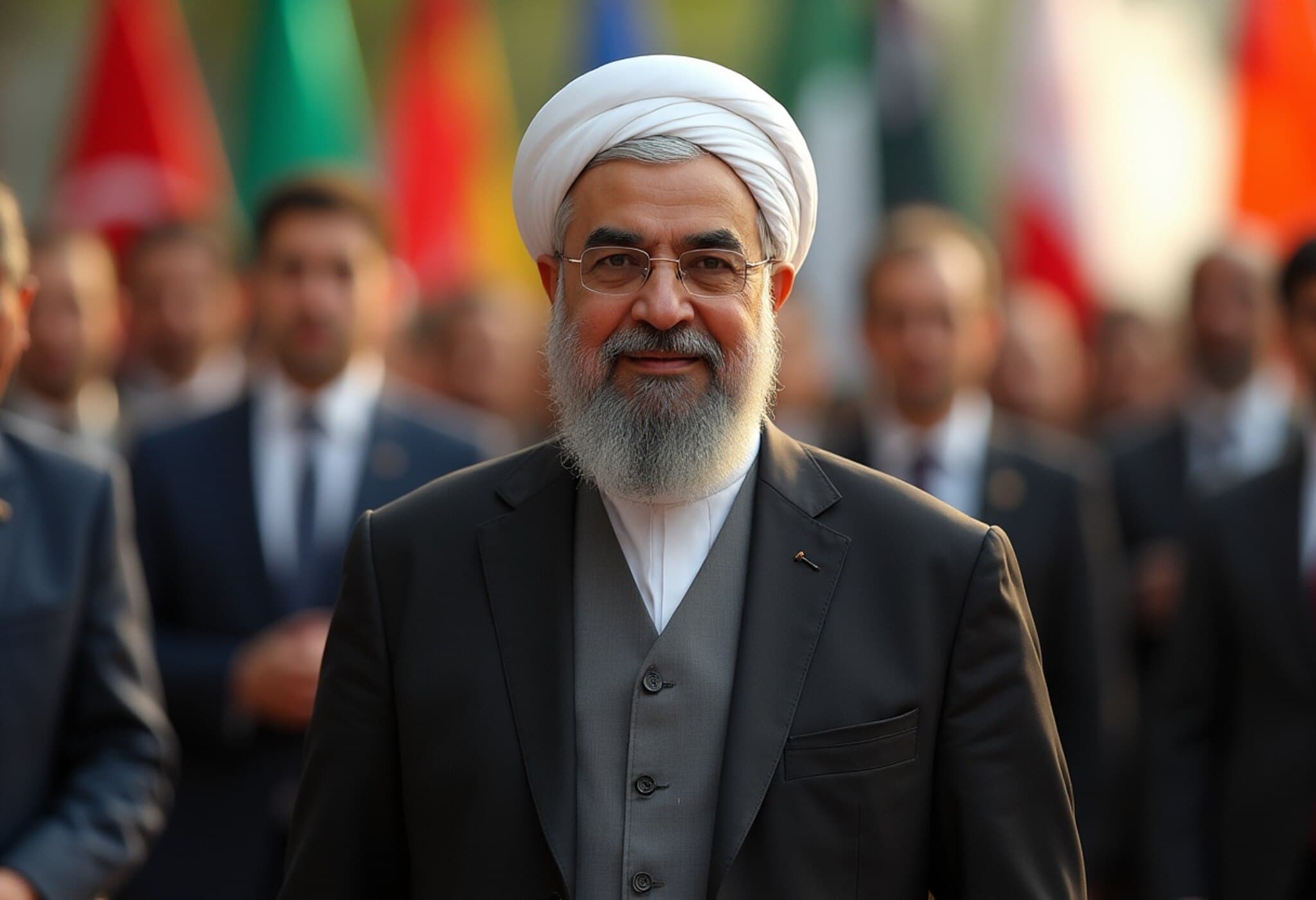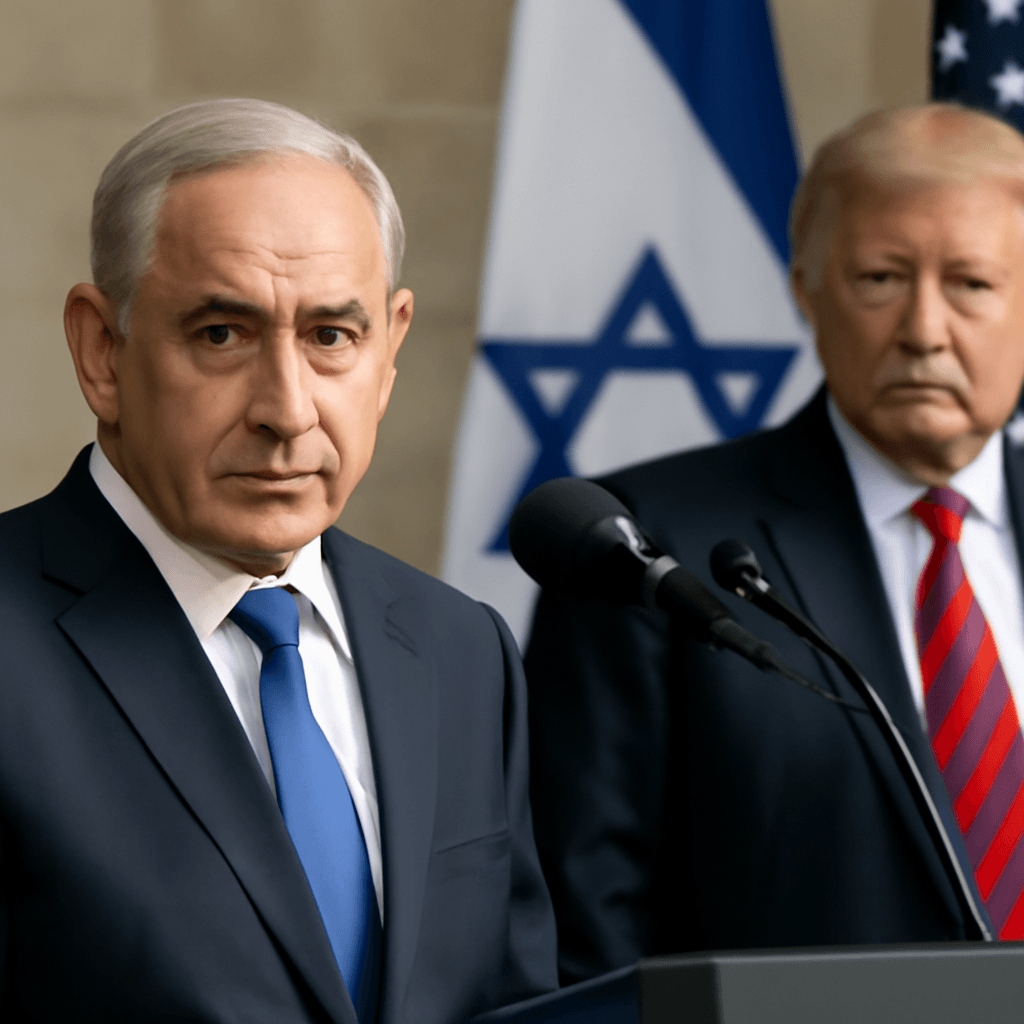Unveiling the Shadow War: Mossad’s Covert Tactics Against Iran’s Leadership
In the aftermath of a significant conflict that reshaped the Middle East landscape, new revelations illuminate the sophisticated and chilling methods employed by Israel’s Mossad intelligence agency in targeting Iran’s top military command. What may be described as one of the most extraordinary security failures in recent Iranian history involved a blend of deception, cutting-edge technology, and surgical precision strikes aimed at dismantling key figures within the Islamic Revolutionary Guard Corps (IRGC).
Deceptive Invitations and Precision Strikes
According to investigative reports, including insights from the Iran International outlet, Mossad orchestrated a complex ruse that involved the deliberate leakage of a fabricated meeting date via an informant with close ties to Major General Hossein Salami, the IRGC commander-in-chief. This misinformation was crafted to lure Salami — along with Amir Ali Hajizadeh, the IRGC Aerospace Force commander, and his deputies — to a premeditated strike location.
The culmination was a deadly missile strike that eliminated this leadership cadre in one swift act, marking a significant blow to Iran’s military command structure. The fake phone call that summoned them was reportedly so convincing that the targets hurried to the meeting without suspicion.
Technological Prowess: AI, Genetic Profiling, and Surveillance
But the clandestine operations did not stop there. The assassination of Ali Shadmani, who had recently assumed command of the Khatam al-Anbiya Central Headquarters, showcased Mossad’s expanding use of technology in modern espionage. Utilizing AI-driven facial recognition algorithms, digital DNA sampling, and genetic profiling, the agency tracked Shadmani’s movements with remarkable accuracy.
Malware infiltration in Tehran’s security infrastructure—specifically targeting surveillance cameras in the Zaferania neighborhood—enabled Israeli operatives to pinpoint Shadmani’s exact location. A precise drone strike on June 27 ended his tenure abruptly.
Human Cost and Ethical Controversies
Further counterintelligence operations targeted Mohammad Kazemi, head of IRGC intelligence, who was assassinated alongside two deputies after being lured to a safe house in Tehran. Notably, the operation was deliberately timed to occur after nearby kindergartens were emptied, underscoring an acute awareness of minimizing civilian casualties.
This proximity to vulnerable civilian institutions, however, raises difficult questions about the Iranian Revolutionary Guards’ alleged practices of operating near or within civilian populations — potentially using them as shields amidst these deadly espionage games.
Cyber Warfare and Casualty Toll
Iran’s Communications Minister recently disclosed that during the hostilities, the country faced upwards of 20,000 cyberattacks, many of which were successfully thwarted. Nevertheless, the toll of these covert and overt confrontations has been severe. Spokesperson Fatemeh Mohajerani detailed a death count exceeding 1,000, including substantial numbers of women and children.
Expert Analysis: Implications for Middle East Stability and Future Conflict
The removal of such high-ranking officials through meticulously planned assassinations reveals the increasingly targeted and technology-driven nature of modern warfare, where high stakes intelligence operations can shift national power dynamics overnight.
From an American policy perspective, these developments highlight the precarious balance in the Middle East and the potential ripple effects on US strategic interests. Operations leveraging AI and genetic profiling also raise ethical and legal questions, particularly regarding sovereignty, privacy rights, and international law.
Moreover, as cyberwarfare burgeons alongside traditional espionage, states worldwide must grapple with defending civilians and infrastructure from unseen battles unfolding in both physical and digital realms.
Looking Ahead: Questions for the Global Community
- How will Iran respond strategically to the debilitating loss of its military leadership, and what does this mean for regional stability?
- What safeguards should the international community demand regarding the use of AI and genetic data in covert operations?
- In an era of hybrid warfare blending cyberattacks with kinetic strikes, how should civilian protection protocols be enhanced?
Editor’s Note
This unfolding saga between Mossad and Iranian military leadership serves as a remarkable case study in the evolving nature of espionage and warfare in the 21st century. Beyond the tactical successes and tragedies lie profound questions about the bounds of intelligence operations and the future of international conflict. As global powers navigate these murky waters, transparency, ethical considerations, and diplomatic engagement remain critical pillars for preventing escalation and safeguarding innocent lives in an increasingly volatile region.


